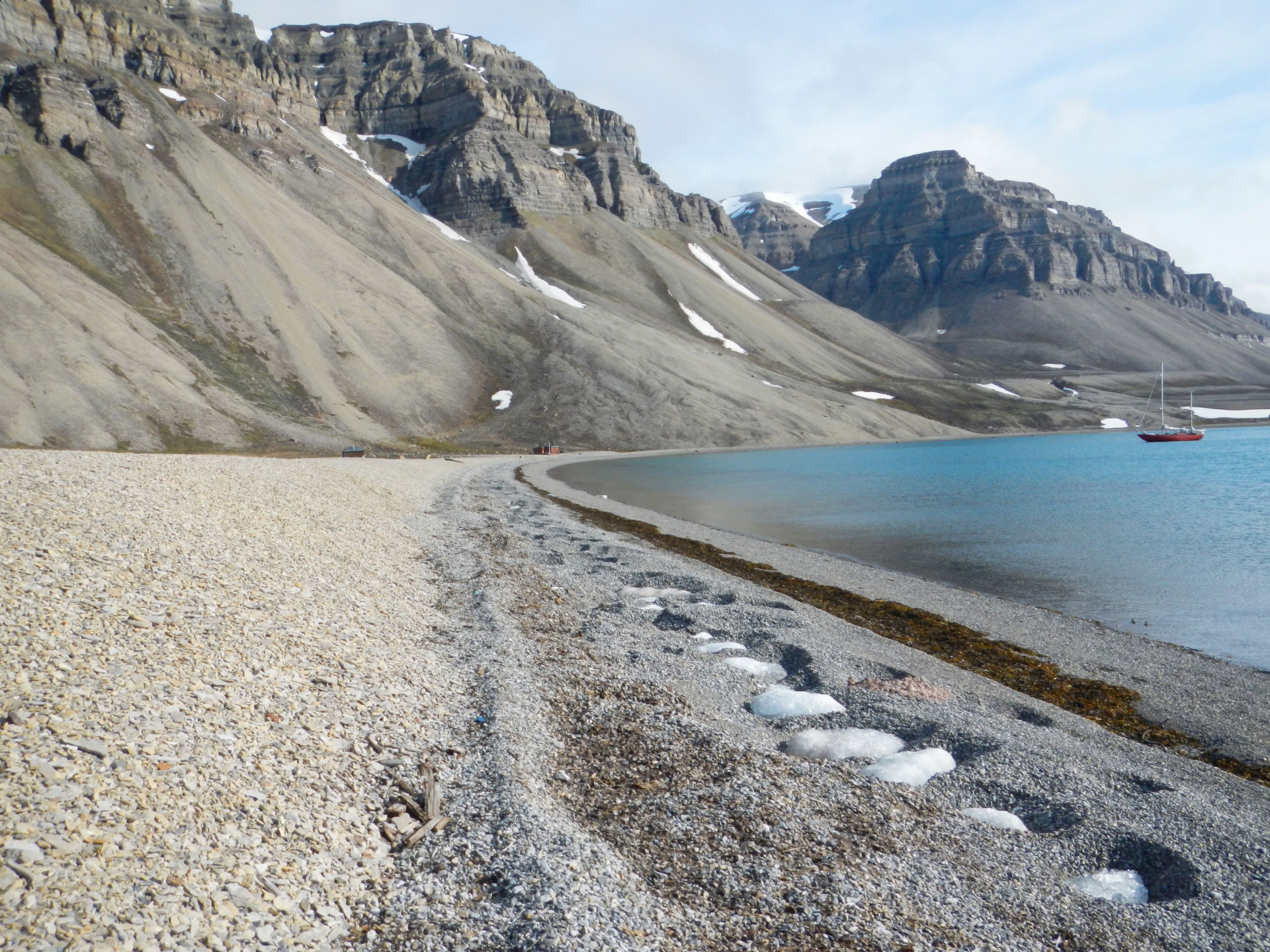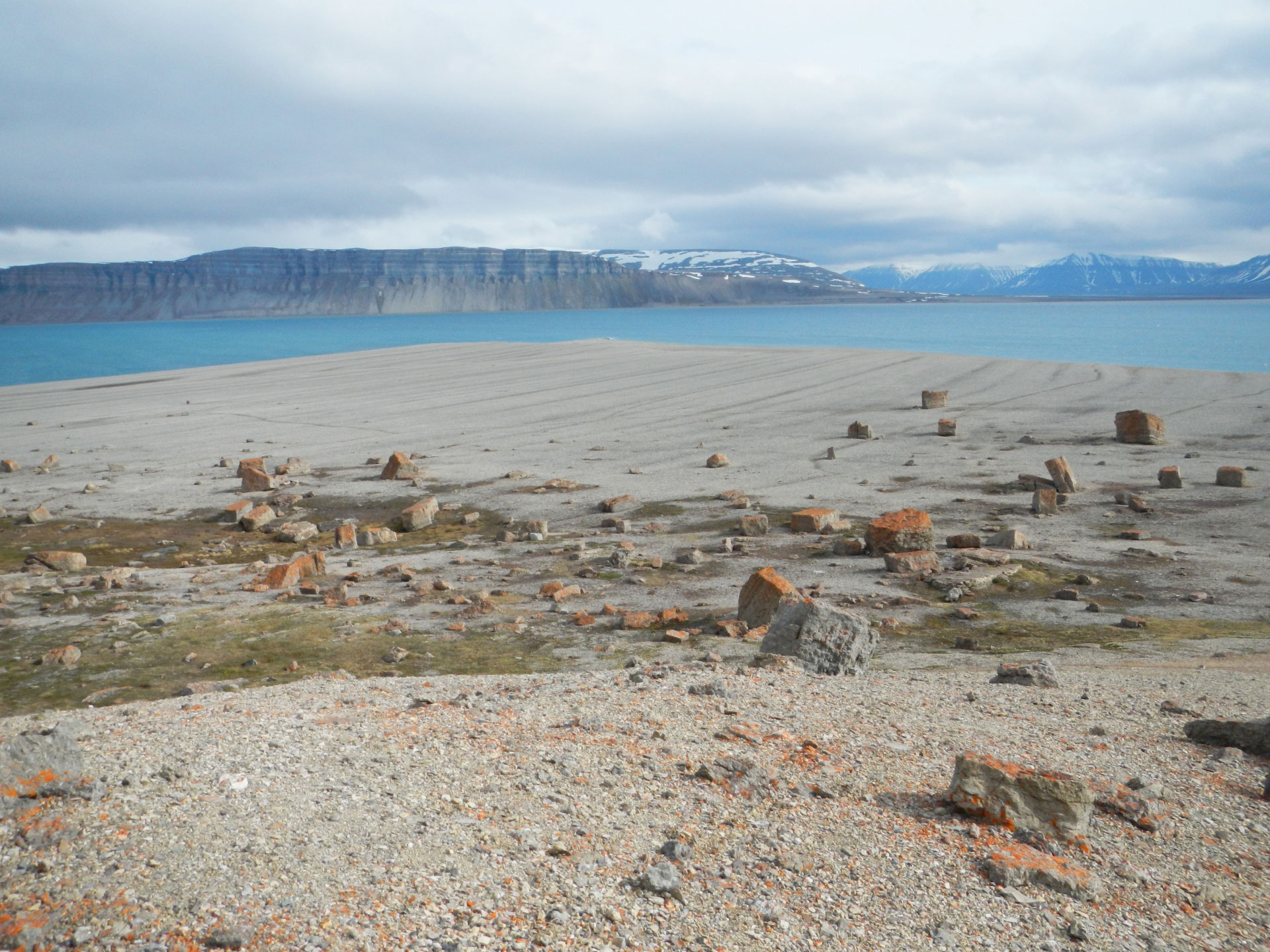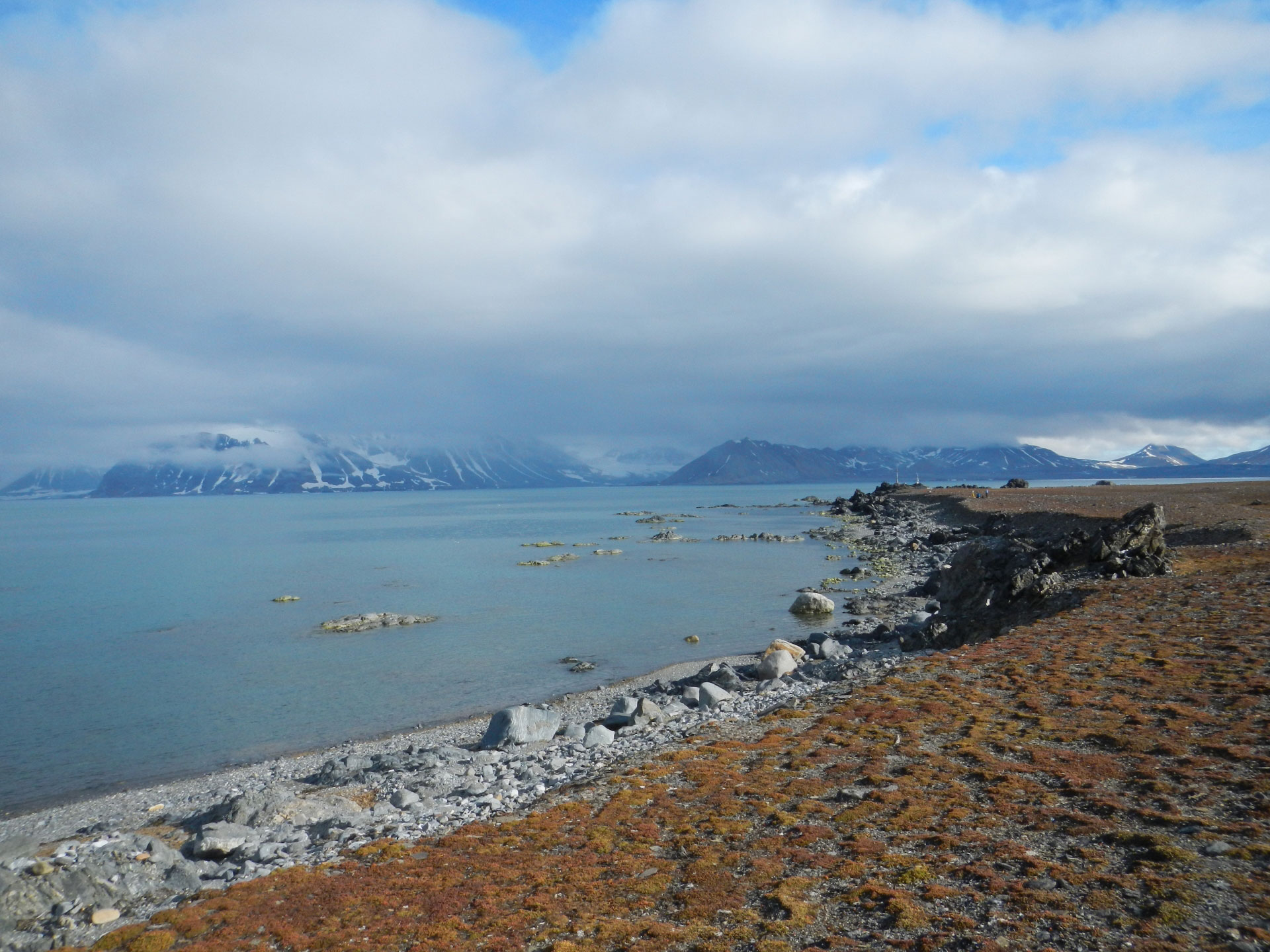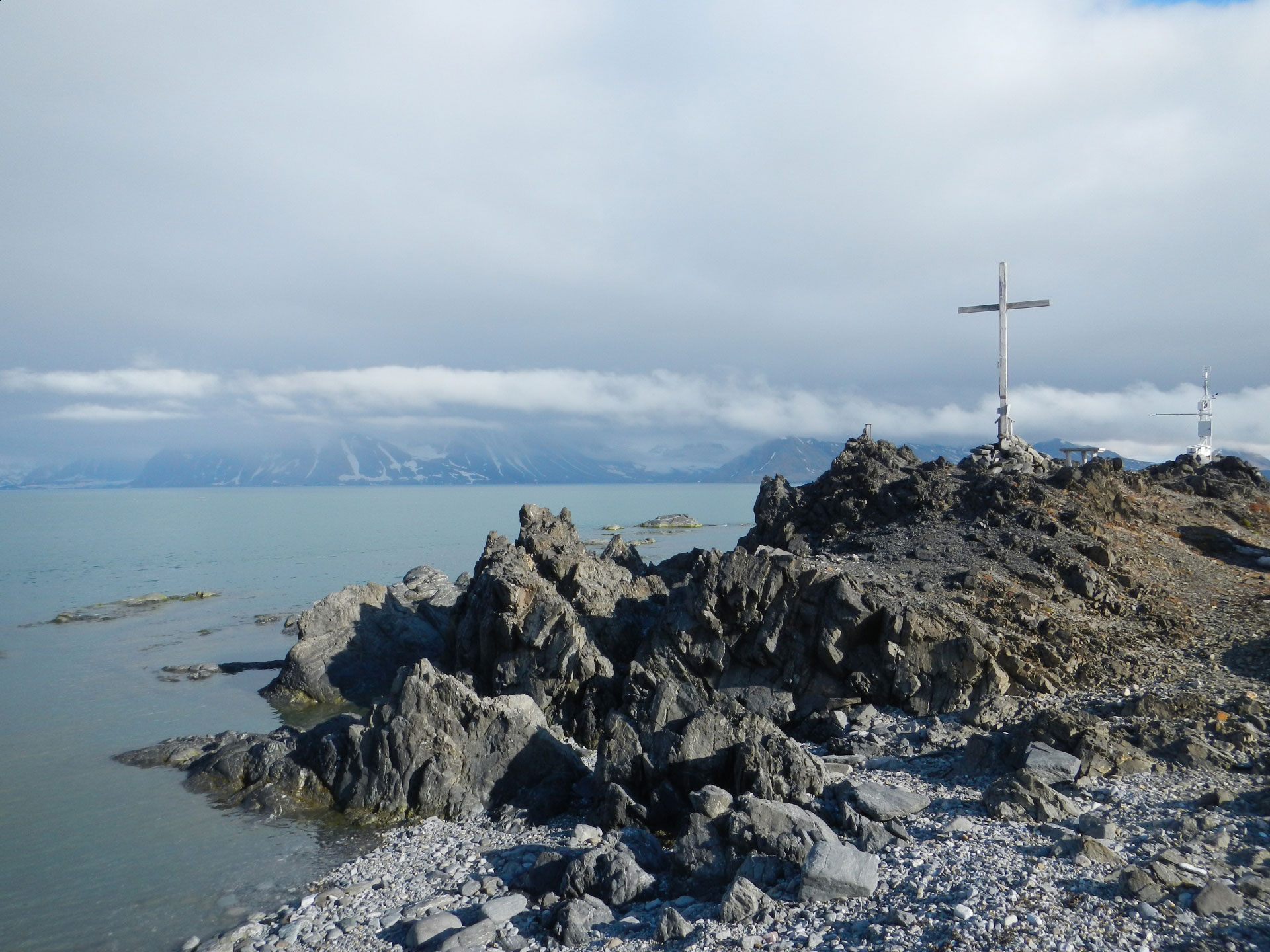CACCON - Scientific Community and Society
This is our first blog post, therefore we would like to start it with a good message and show how scientific community may work together with the society.
The recent report of the state of Arctic Coasts (Forbes et al. 2011 -
http://www.arcticcoasts.org) documented a complex picture of rapidly changing circumpolar coastal environments. The key findings of this seminal work emphasize the role of limited duration and extent of sea ice, degradation of permafrost, storm-surges and floodings, accelerated sediment supply from deglaciated and snow-fed catchments on the functioning of modern Arctic coastal systems.
All of those changes have strong impact on circum-polar Arctic coastal communities and their historical (including archeological) and modern infrastructure. One of the initiatives that aims to prepare Arctic coastal communities to coastal zone change in The Circumpolar Arctic Coastal Communities Observatory Network (CACCON or ‘Catch-On!’). CACCON is planned to form a network of Arctic coastal community observatories and knowledge hubs that will focus on improving our understanding of the current state and ongoing trends in geoecological and social processes affecting human activity along the circumpolar Arctic coast.
The foundation of network is of high importance and perfectly timed, given the observed rate of Arctic coastal zone changes and ongoing work on national and international strategies for exploitation and management of natural resources of more accessible Arctic. According to CACCON initiative leaders the major aim of the network is ‘to develop and mobilize co-designed and co-produced knowledge that addresses real-world challenges to community well-being and sustainable development in the face of rapid environmental and social change’ in the North (CACCON Workshop 2014). It is clear that much of the Arctic’s future is uncertain and CACCON may serve as a knowledge and decision platform for coastal communities at risk – particularly in indigenous communities of Canada, Alaska and Greenland where transformation of coastal zone already led to probably irreversible changes in living and hunting culture.
Our goal is to introduce Svalbard coasts to the network and work on a sustainable management of its pristine coastal environments in the surroundings of towns and scientific bases.
Please take a look at CACCON Website to learn more about their important initiative:
 https://caccon.org
https://caccon.org


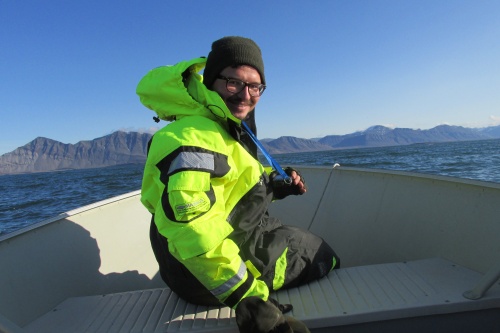
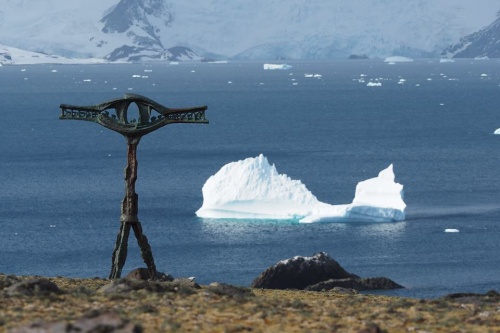


 CV
CV


